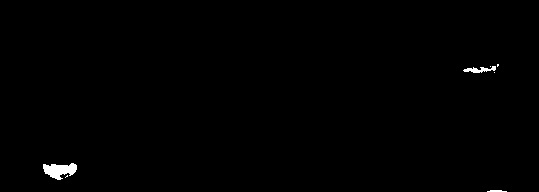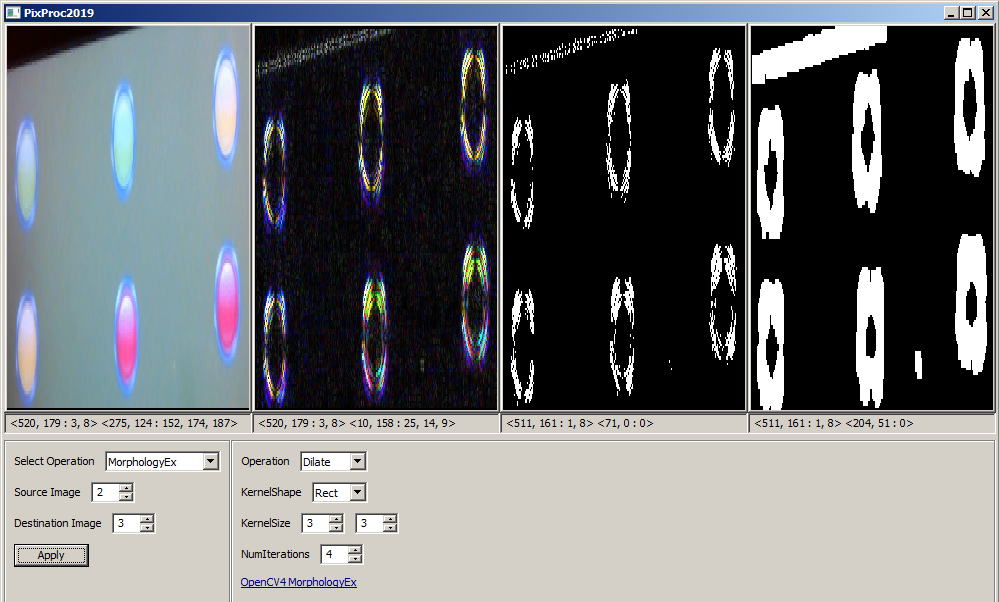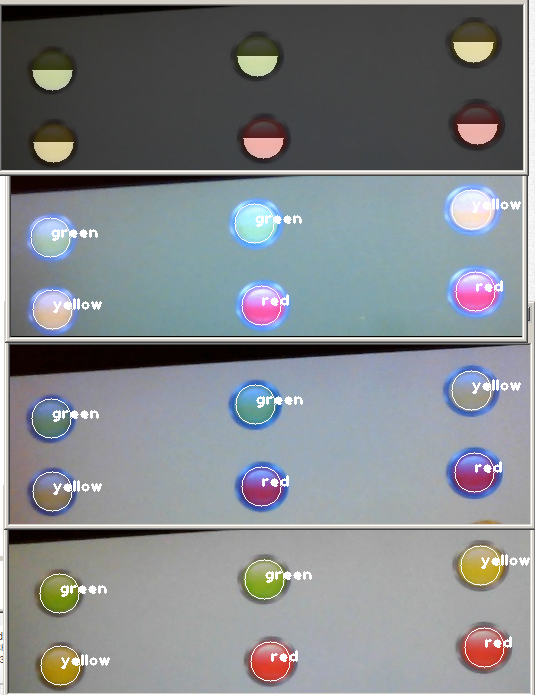color detection in different background of human machine interface
Now I want to use a camera to help me look at the human-machine interface of plc so I can fool around during working.
When I do a little test, I use InRange function to detect some yellow color in HSV color space in (H,S,V)=(10,45,150)~(30,255,255)
at first, everything is fine.

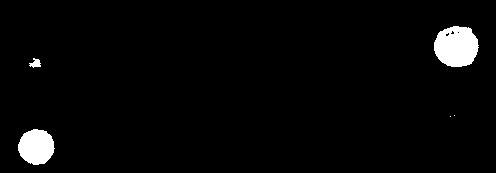
However, if I want to change the background to other colors, all things go wrong. I change to a slightly yellow background and the colors go wired and the HSV range does not work for now.
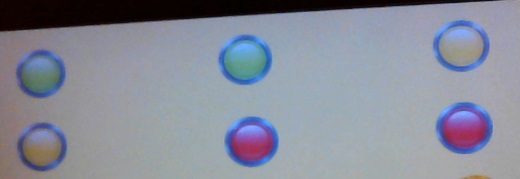
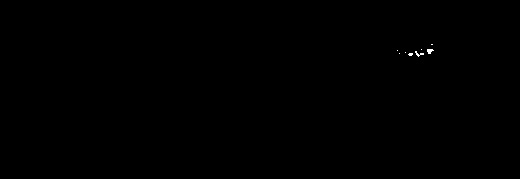
and green background, you can see that the color of the lights changed.

I think this is a white-balance issue so I try to write a white balance algorithm such as gray world white balance but It didn't help this situation. I also disable the white balance of my camera but the color shifting is still there. what kind of keyword I can search for this problem?
